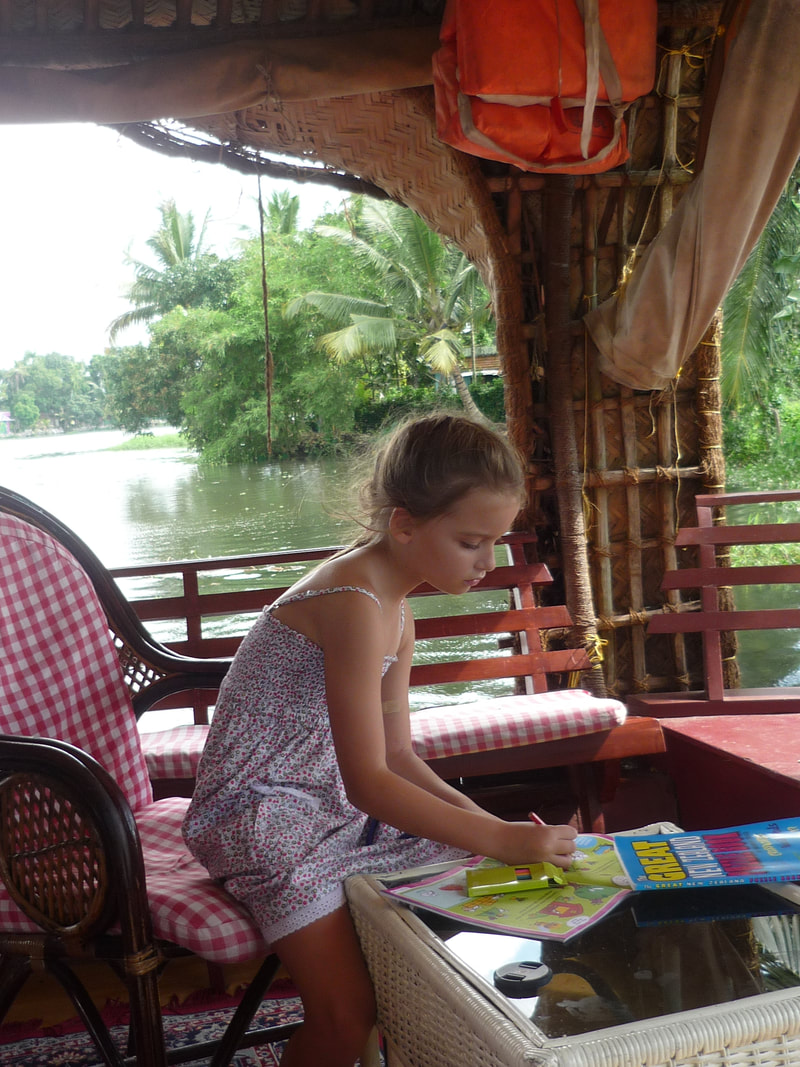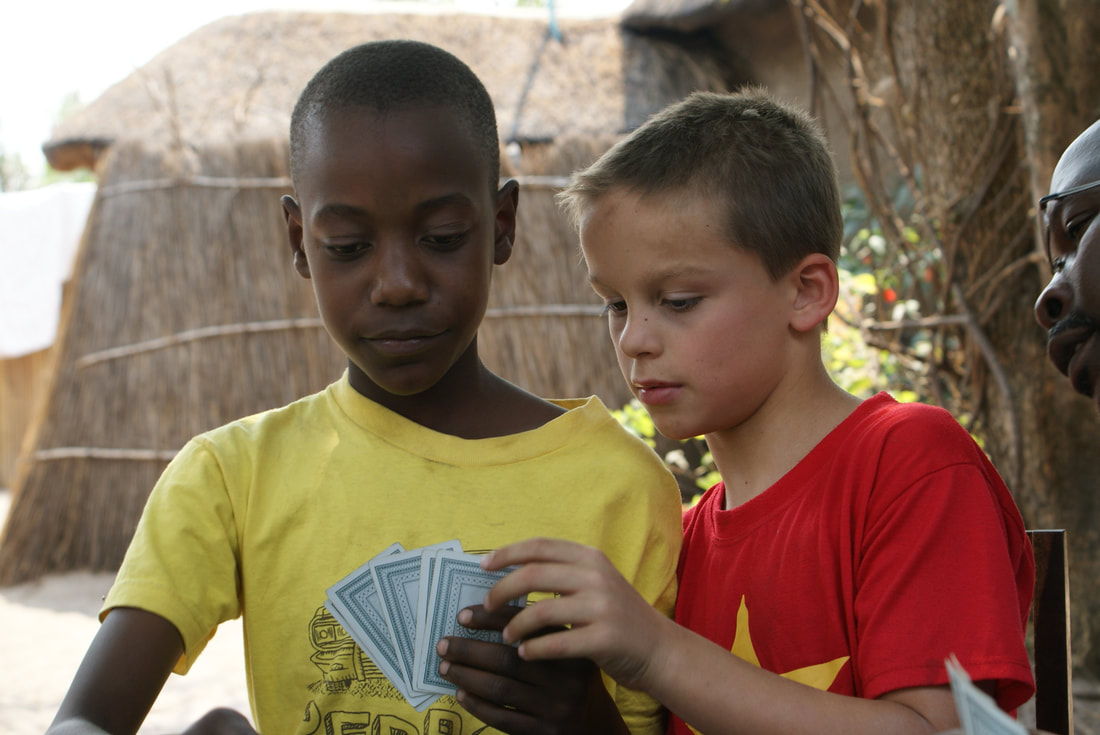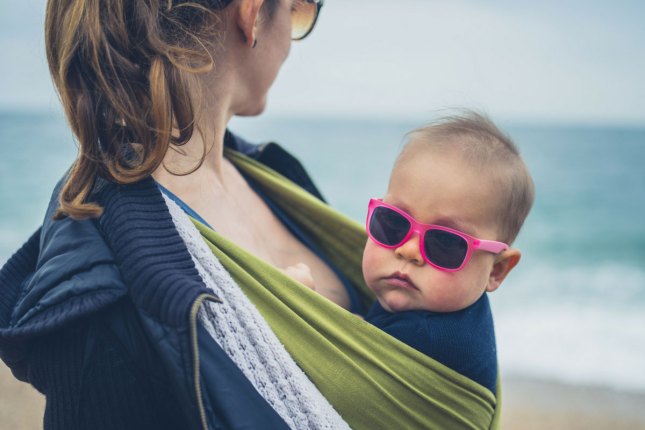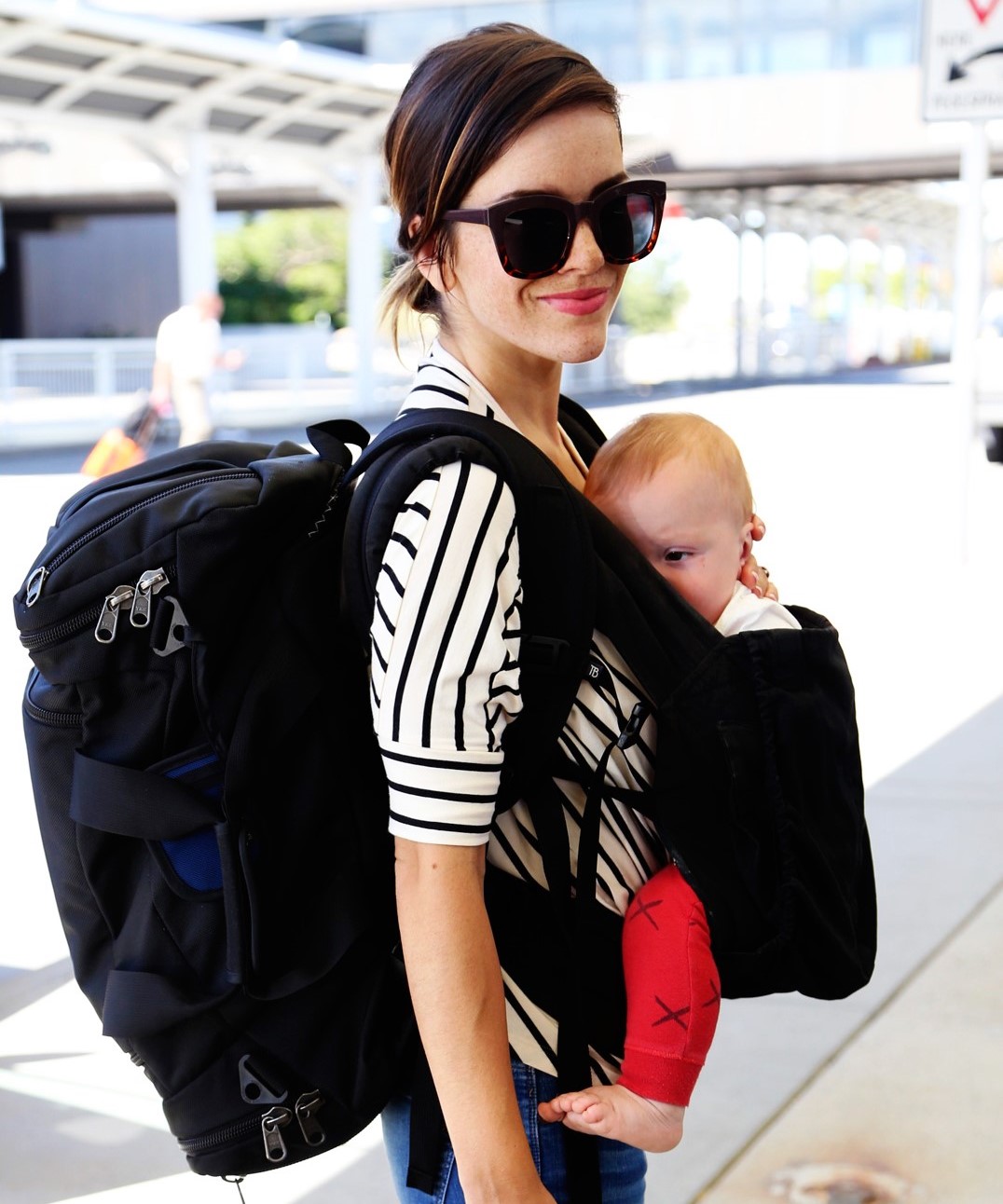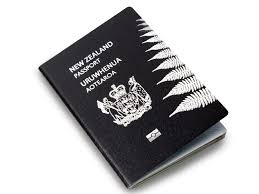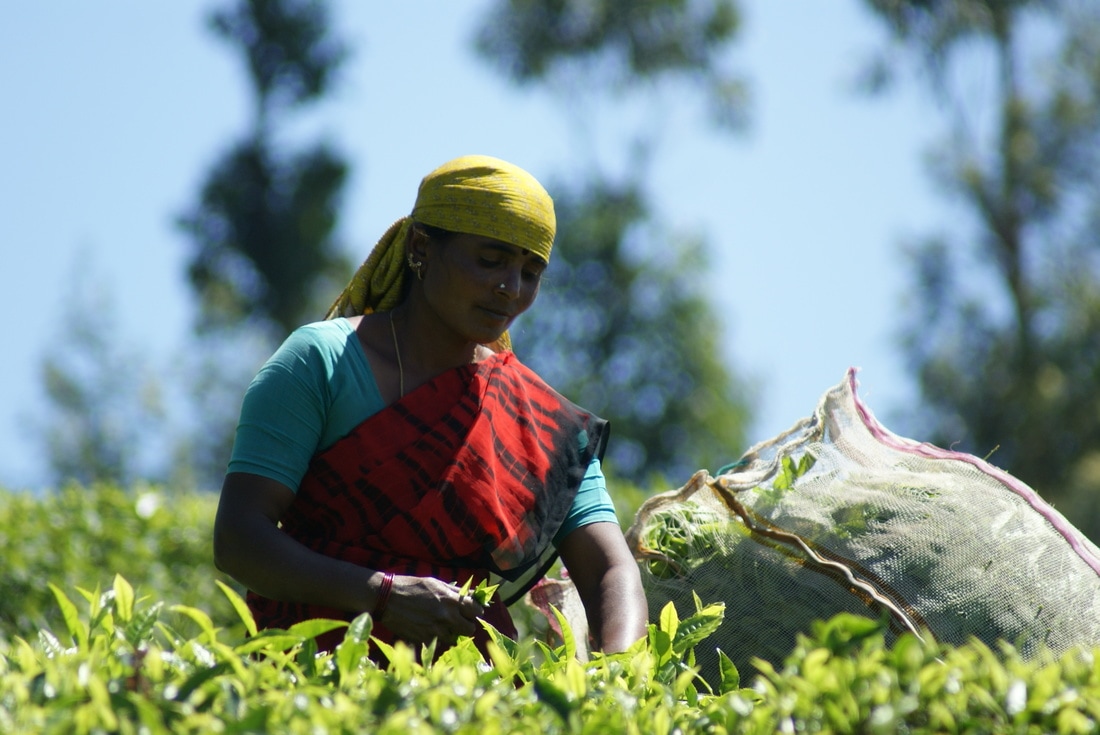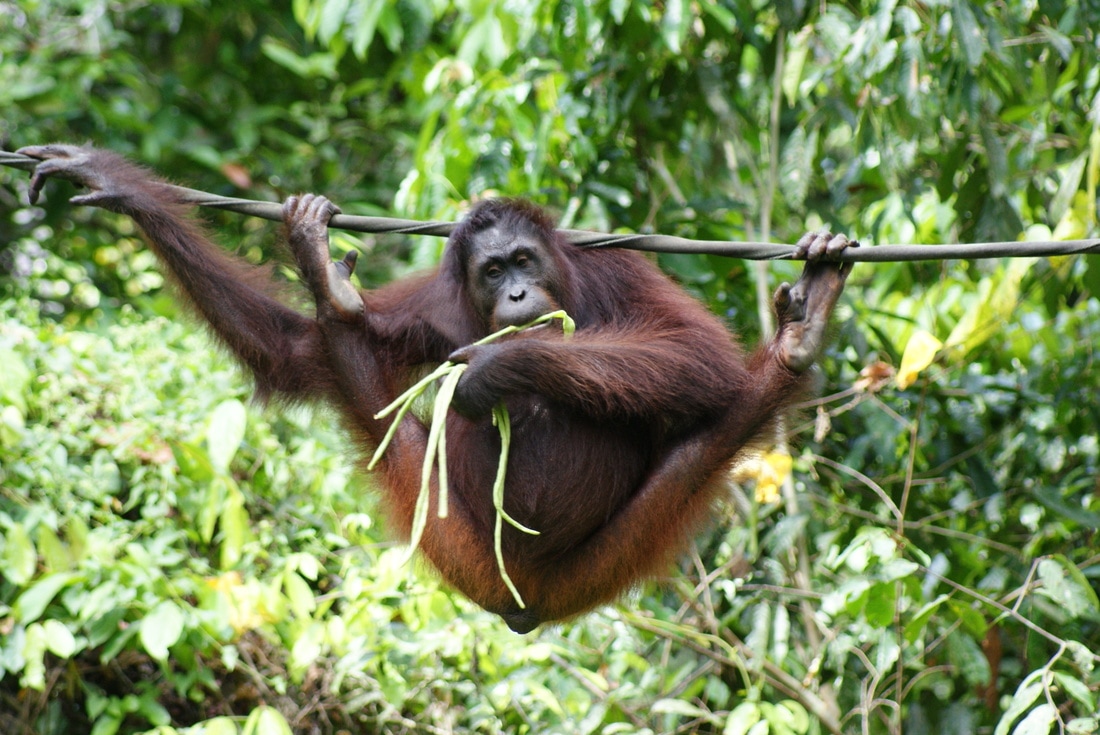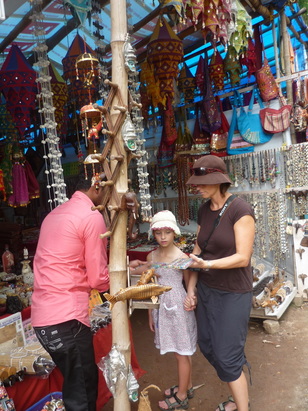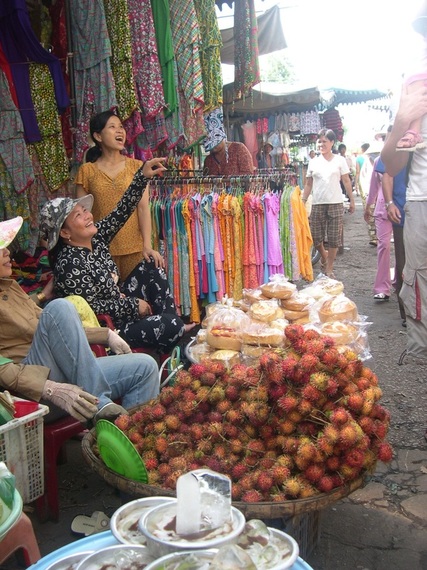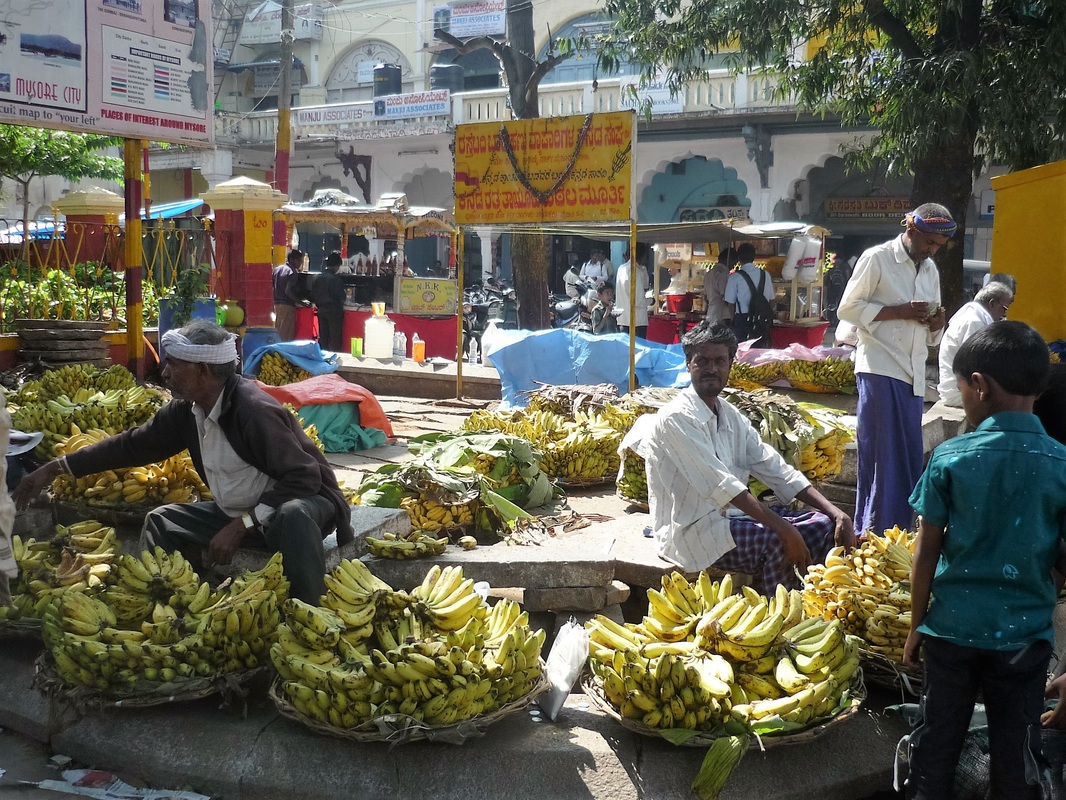With one hand holding your toddler and the other clutching the map, how many bags do you really want to be lugging around with you as you explore the world? The answer is, as few as possible!
Having spent the past 15 years travelling with our two children and experimenting with different packing methods I’ve settled on a strictly minimalist approach. I now focus on only the essentials. And I’ve said goodbye to suitcases (regardless of how fashionable they are or how easily they glide across the floor) – backpacks may not look so glam and don’t do 3 point turns, but they do leave your precious hands free for more important matters.
Having spent the past 15 years travelling with our two children and experimenting with different packing methods I’ve settled on a strictly minimalist approach. I now focus on only the essentials. And I’ve said goodbye to suitcases (regardless of how fashionable they are or how easily they glide across the floor) – backpacks may not look so glam and don’t do 3 point turns, but they do leave your precious hands free for more important matters.
| We’ve found that items like nappies, baby food and even changes of clothes are readily available almost everywhere in the world – often at a cheaper price than you’d pay for them at home. Our first ‘big trip’ with a young one in tow was to Sri Lanka with our son, then 20 months old. My husband, loaded up like a pack horse with enough nappies for the entire trip (plus more besides - well, you never know…!) was dismayed to find Huggies in every corner store. Familiar foodstuffs (for those days when only tinned spaghetti will hit the spot) are usually also readily accessible. We’ve given up on packing toys too – they can be bought really cheaply at your destination and have high novelty value for your kids. And should they tire of them, they make great gifts to local children and you can then repeat the process. This makes for a cost-effective way of keeping your family entertained whilst also spreading a bit of joy on your travels. |
| There are a few items, however, that you will want to make room for. Making sure your kids have something to entertain themselves on long journeys, and also for the much needed ‘down time’ both you and they will want along the way, is essential. With the proliferation of electronic devices it is now very easy to load books to read and games to play, but for those of you who want your holiday to be a screen-free experience, then a stack of paper and coloured pencils is a must. A pack of cards is also a handy thing to have, as are a few hard copy books for those bed-time reads. |
If your child is particularly fond of an item, like a cuddly toy or blanket, I strongly suggest it stays at home. We learnt this the hard way when our 3yr old daughter, accidently lost her ‘blanky’ out the window of a Vietnamese train… bed times were fraught for some time afterwards! After that, we started introducing a ‘special travel item’ to our kids a month or so before the trip to provide the necessary comfort without quite the same level of emotional attachment so that, if lost on the journey, it wasn’t the end of the world.
The bottom line is, as long as you have your passports you really don’t need much else. Pack light, buy local and keep your hands free to hold onto your toddler and share the magic of travel with them.
The bottom line is, as long as you have your passports you really don’t need much else. Pack light, buy local and keep your hands free to hold onto your toddler and share the magic of travel with them.
